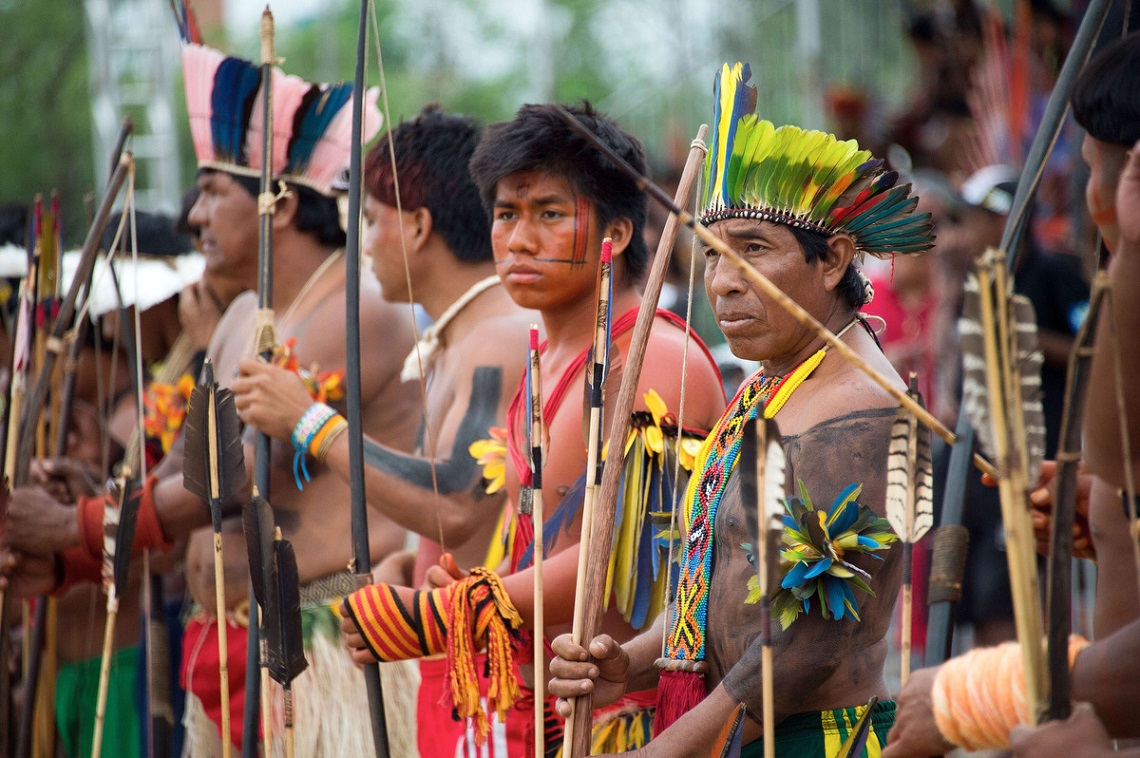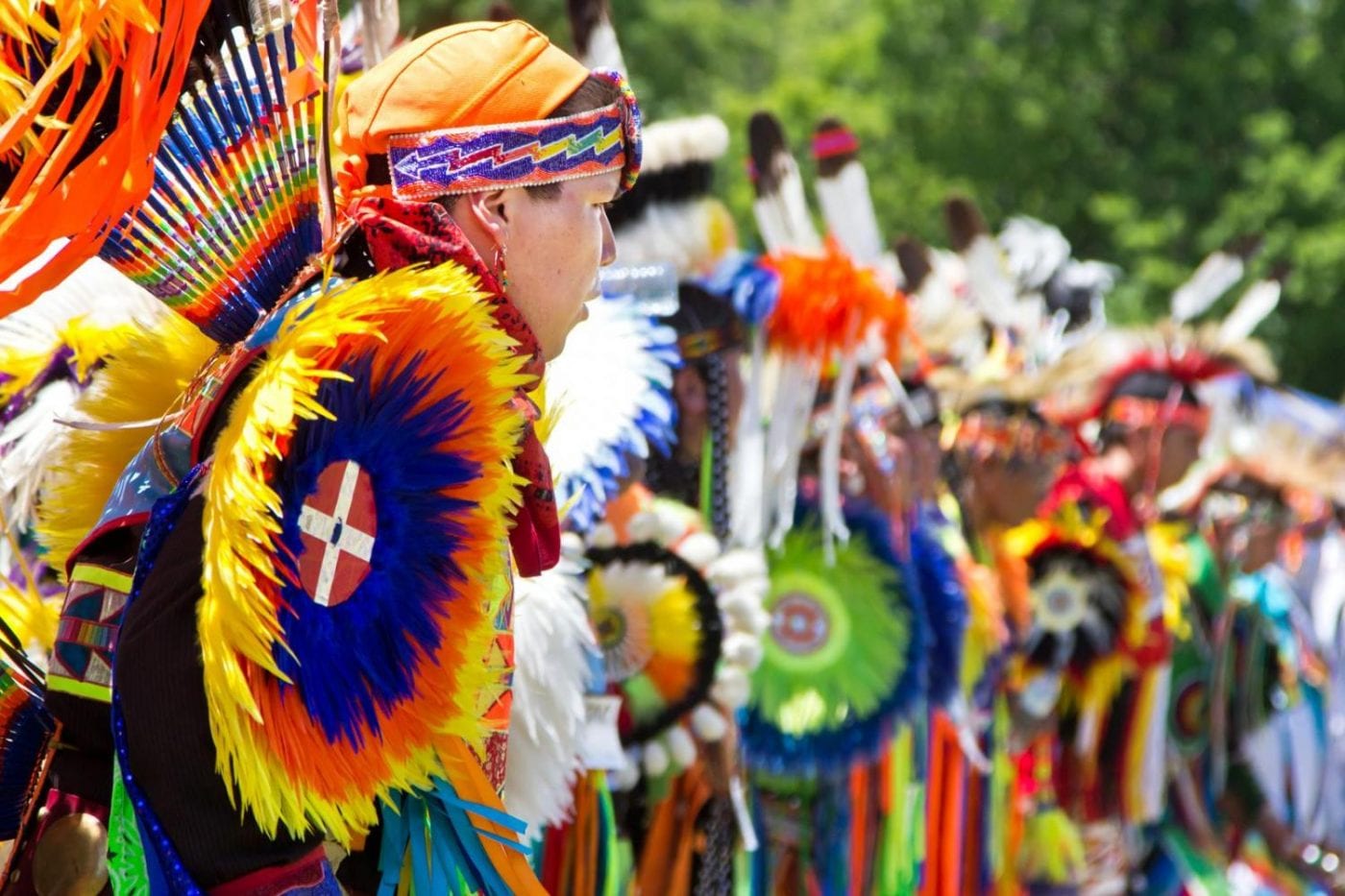
Beyond the Stereotype: The Resurgence of Authentic Indigenous Voices in Film and Television
For over a century, the flickering light of cinema and the glow of the television screen have shaped global perceptions, often casting long, distorted shadows over Indigenous peoples. From the "savage" antagonists of early Westerns to the romanticized "noble savages" of later dramas, Hollywood’s portrayal of Native Americans, Aboriginal Australians, Māori, and other Indigenous communities worldwide has largely been a narrative of erasure, misrepresentation, and appropriation. Yet, a powerful shift is underway. Across continents, Indigenous filmmakers, writers, actors, and creators are seizing the camera, the pen, and the microphone, reclaiming their stories, challenging long-held stereotypes, and finally presenting the rich, complex, and vibrant tapestry of their cultures to the world.
The historical landscape of Indigenous representation is starkly bleak. Early cinema, particularly in the United States, cemented the "Indian" as a stock character: a silent, stoic warrior, a bloodthirsty enemy, or a tragic figure destined to vanish. These portrayals, often enacted by non-Indigenous actors in "redface," not only stripped Indigenous peoples of their humanity but actively perpetuated harmful stereotypes that fueled systemic discrimination and misunderstanding. As Jesse Wente, an Anishinaabe writer and broadcaster, poignantly observes, "For so long, we were only seen as a thing of the past. Our stories were told by others, often for their own purposes, and we were never allowed to be present, complex, or modern." This lack of agency meant that Indigenous experiences were filtered through a colonial lens, flattening diverse cultures into monolithic caricatures.
The turning point has been slow but resolute, driven by the unyielding demand for self-determination in storytelling. The call for "nothing about us without us" has resonated deeply within the entertainment industry. It began with pioneering efforts like Chris Eyre’s 1998 film Smoke Signals, the first feature film written, directed, and starring Native Americans to achieve wide theatrical release. Based on Sherman Alexie’s short stories, the film offered a refreshingly authentic, humorous, and poignant look at contemporary Native life, a stark contrast to anything seen before. Smoke Signals demonstrated that Indigenous stories could resonate with broader audiences while remaining true to their cultural roots.
Today, this resurgence has reached unprecedented heights. Perhaps the most celebrated example is FX’s Reservation Dogs, co-created by Sterlin Harjo (Seminole/Muscogee Creek) and Taika Waititi (Māori). This groundbreaking comedy series, entirely written, directed, and starring Indigenous talent, offers a nuanced, hilarious, and deeply moving portrayal of four teenagers growing up on an Oklahoma reservation. Reservation Dogs shattered expectations, earning critical acclaim, numerous awards, and a devoted global following. It proved that Indigenous narratives are not niche but universal, capable of exploring themes of grief, identity, community, and aspiration with unparalleled authenticity. As Sterlin Harjo himself noted in an interview, "We’re not just telling stories for Native people. We’re telling stories from a Native perspective that everyone can relate to."
Beyond the American context, similar revolutions are unfolding. In Australia, shows like Mystery Road and Total Control feature strong Aboriginal leads and narratives, often delving into complex social and political issues with a depth previously unseen. Indigenous production companies are flourishing, fostering talent and creating platforms for voices that were historically silenced. Taika Waititi, with his distinctive blend of humor and heart, has achieved global superstardom, directing blockbusters like Thor: Ragnarok and earning an Academy Award for Jojo Rabbit, all while consistently integrating his Māori heritage into his work and championing Indigenous representation.

The impact of this shift is profound and multifaceted. Firstly, it offers a crucial corrective to historical inaccuracies. When Indigenous people control their narratives, they can dismantle harmful stereotypes and present the true diversity, resilience, and modernity of their cultures. This is not just about representation; it’s about cultural preservation and revitalization. Language, traditions, and spiritual beliefs, often suppressed or ignored, find new life and broader understanding through film and television. The animated series Molly of Denali, for instance, centers on a young Gwich’in/Koyukon Athabascan girl in rural Alaska, weaving Indigenous cultural practices and language into an educational program for children, proving that representation can be both entertaining and deeply formative.
Secondly, authentic representation fosters a sense of pride and belonging for Indigenous youth. Seeing themselves reflected accurately and positively on screen can be a powerful affirmation of identity, countering the damaging effects of invisibility and misrepresentation. It tells them their stories matter, their cultures are valuable, and their futures are limitless. This can inspire a new generation of storytellers, creating a virtuous cycle of cultural production.
However, challenges remain. Despite recent breakthroughs, Indigenous representation is still woefully inadequate across the industry. Funding for Indigenous projects often lags behind mainstream productions, and securing distribution deals can be an uphill battle. There’s also the risk of tokenism, where a single Indigenous character or storyline is used to check a diversity box without genuine commitment to authentic representation or Indigenous creative control. The industry still needs more Indigenous executives, producers, and decision-makers in positions of power to ensure that these narratives are not just greenlit but nurtured and championed from conception to screen.
Furthermore, the pressure to appeal to a broad, often non-Indigenous audience can sometimes lead to compromises that dilute authenticity. Balancing cultural specificity with universal appeal is a delicate act, one that Indigenous creators navigate with immense skill and integrity. Yet, the success of shows like Reservation Dogs proves that authenticity itself is a universal draw, transcending cultural boundaries through shared human experience.
Looking ahead, the future of Indigenous representation in film and television is cautiously optimistic. The momentum is undeniable. Streaming platforms, with their global reach and hunger for diverse content, have opened new avenues for Indigenous stories to find their audiences. The growing recognition of the economic and cultural value of diverse storytelling is also shifting industry priorities. Initiatives focused on mentorship, training, and funding for Indigenous talent are slowly building a more equitable landscape.
The journey from erasure to empowerment has been long and arduous, but Indigenous voices are now speaking with an undeniable clarity and power. They are not merely asking for a seat at the table; they are building their own tables, crafting their own narratives, and inviting the world to listen. As the screens flicker with new stories, vibrant and true, they offer not just entertainment but a profound opportunity for understanding, reconciliation, and a deeper appreciation of the rich human tapestry that Indigenous cultures have always represented. The era of the cinematic "Indian" is fading, replaced by the dawn of authentic Indigenous storytelling, promising a future where every voice finds its rightful place in the global narrative.


